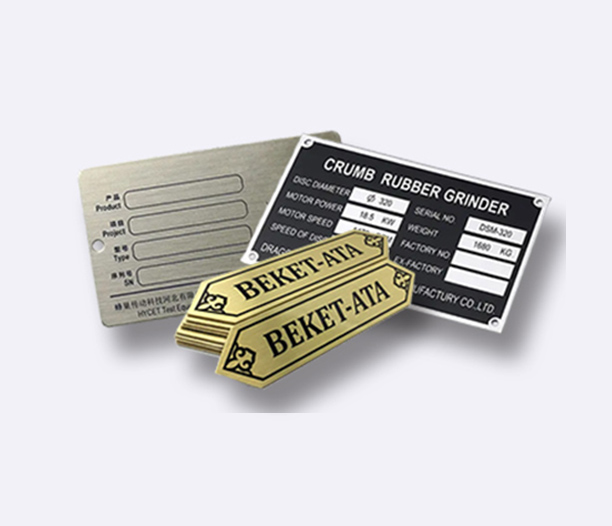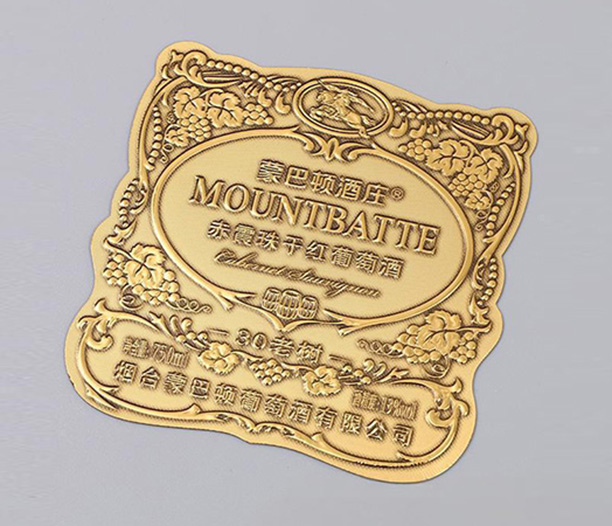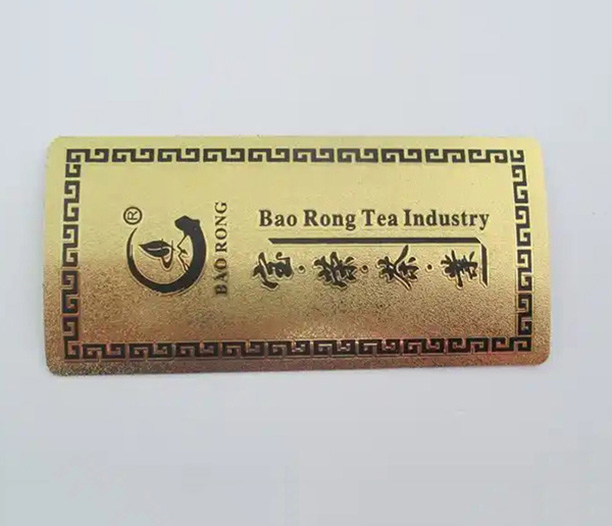In the demanding world of industrial operations, manufacturing plants, construction sites, and harsh environments, standard labels simply won't cut it. Equipment faces relentless abuse: extreme temperatures, chemicals, abrasion, weather, and constant handling. Identifying critical components, providing safety warnings, tracking maintenance, and ensuring operational efficiency demand something far more robust. This is where heavy duty labels for equipment become indispensable assets, not just stickers. Understanding their key features and applications is crucial for safety, compliance, and asset management. Let's delve into seven critical aspects that define these industrial-grade identification solutions.
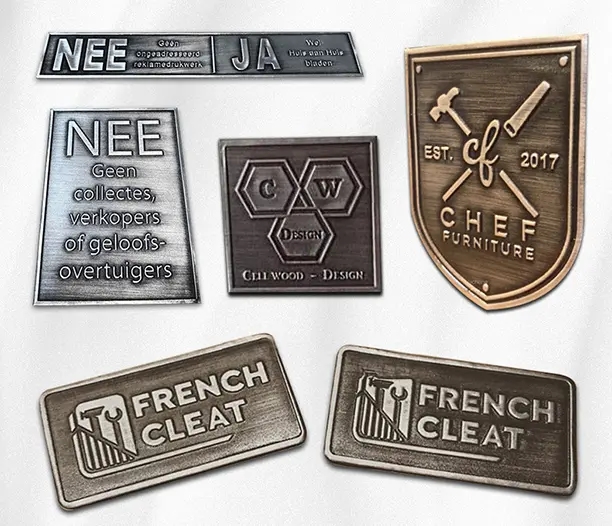
1. Unmatched Durability: The Core of Heavy Duty Labels
The defining characteristic of heavy duty labels for equipment is their exceptional resilience. They are engineered to survive where ordinary labels fail:
Extreme Temperatures: From the searing heat near engines, boilers, or foundries (resisting up to 300°C/572°F or higher with specific materials) to the deep freeze of cold storage, freezers, or outdoor winter conditions (down to -40°C/F or lower). Thermal cycling won't cause cracking or delamination.
Harsh Chemicals & Solvents: Resistant to oils, greases, fuels, coolants, acids, alkalis, and industrial cleaning agents commonly encountered in workshops, factories, laboratories, and chemical plants. This prevents the label face from fading, dissolving, or the adhesive from breaking down.
Abrasion & Impact: Withstanding constant scraping, rubbing against tools, parts, or other surfaces, as well as impacts from dropped tools or debris. Thicker facestocks and protective coatings are key.
Weather & UV Exposure: Enduring prolonged sunlight (UV radiation) without significant fading or brittleness, along with resistance to rain, snow, ice, humidity, and salt spray for outdoor equipment, marine applications, and unregulated environments.
Moisture & Immersion: Many heavy duty labels offer excellent water resistance, and some are specifically designed for continuous submersion or high-pressure, high-temperature washdowns common in food & beverage processing, pharmaceuticals, and sanitation-critical areas.
2. Material Science: Choosing the Right Substrate
The performance of heavy duty labels for equipment hinges on the advanced materials used:
Polyester (PET): The undisputed champion for most demanding applications. Offers exceptional tensile strength, dimensional stability, chemical resistance, temperature tolerance, and abrasion resistance. Often used with permanent acrylic adhesives. Ideal for machinery, electrical panels, automotive/aviation parts, and outdoor assets.
Vinyl: A versatile and cost-effective option for many heavy-duty scenarios. Flexible, durable, and offers good resistance to water, chemicals, and abrasion. UV-resistant grades are common. Suitable for equipment tags, outdoor signage, drum labels, and less extreme chemical environments.
Polypropylene (PP): Offers good chemical resistance (particularly to acids and bases) and moisture resistance at a lower cost than polyester. Often used for chemical drum labels, washdown applications (especially in food grade), and some indoor equipment.
Metalized Polyester / Foils: Incorporate a metallic layer for enhanced aesthetics, specific conductivity requirements, or extreme barrier properties against gases/moisture.
Specialty Materials: Includes polyimide (extreme high-temp resistance), anodized aluminum tags (for permanent etching), and rigid plastics for tag-style labels.
3. Advanced Adhesive Technology: Ensuring Permanent Bonding
The toughest facestock is useless if the adhesive fails. Heavy duty labels for equipment rely on sophisticated adhesives designed for challenging surfaces and environments:
Permanent Acrylic Adhesives: The most common choice for heavy-duty applications. Offer excellent long-term adhesion to a wide variety of surfaces (painted metal, stainless steel, plastics, powder coating), high temperature resistance, and good chemical/solvent resistance. Provide an immediate strong bond that strengthens over time.
Rubber-Based Adhesives: Offer very high initial tack (stickiness) for difficult-to-label surfaces like slightly textured plastics or dusty environments. May have lower ultimate temperature and chemical resistance than acrylics.
High-Tack & Low-Surface Energy (LSE) Adhesives: Formulated specifically for bonding to challenging plastics (e.g., polyethylene, polypropylene, HDPE, Teflon®), powder coatings, and silicone surfaces where standard adhesives struggle.
Removable Adhesives: Less common for "heavy duty" equipment identification per se, but available for specific needs where labels might need repositioning during installation or for temporary tracking, though durability is usually lower.
Adhesive Thickness & Formulation: Heavier adhesive coats ensure better surface contact and gap-filling on slightly uneven surfaces.
4. Printing Methods & Legibility: Lasting Clarity Under Duress
Information must remain clear and readable throughout the label's entire service life. Heavy duty labels for equipment utilize robust printing technologies:
Thermal Transfer Printing: The dominant method for industrial labels. Uses a heated printhead to melt resin or wax-resin ribbon onto the label material. Produces extremely durable, chemical and abrasion-resistant text, barcodes, and graphics. Resin ribbons are essential for true heavy-duty applications.
Laser Printing/Engraving: Directly alters the label material (especially polyester or anodized aluminum) for permanent, indelible marking. Highly resistant to everything except physical destruction of the tag itself. Ideal for permanent asset IDs or safety labels.
Inkjet Printing: Less common for true heavy-duty outdoor/harsh chemical labels due to potential smudging and lower durability, but UV-curable inkjet on suitable materials is gaining ground for specific applications requiring color.
Pre-Printed Labels: Mass-produced for common warnings, safety symbols, or specific part numbers, often using screen printing or flexography for maximum durability and color vibrancy.
Protective Overlaminates: A clear polyester layer applied over the printed surface adds an extra barrier against abrasion, chemicals, UV fading, and moisture. Crucial for extending legibility in the harshest conditions.
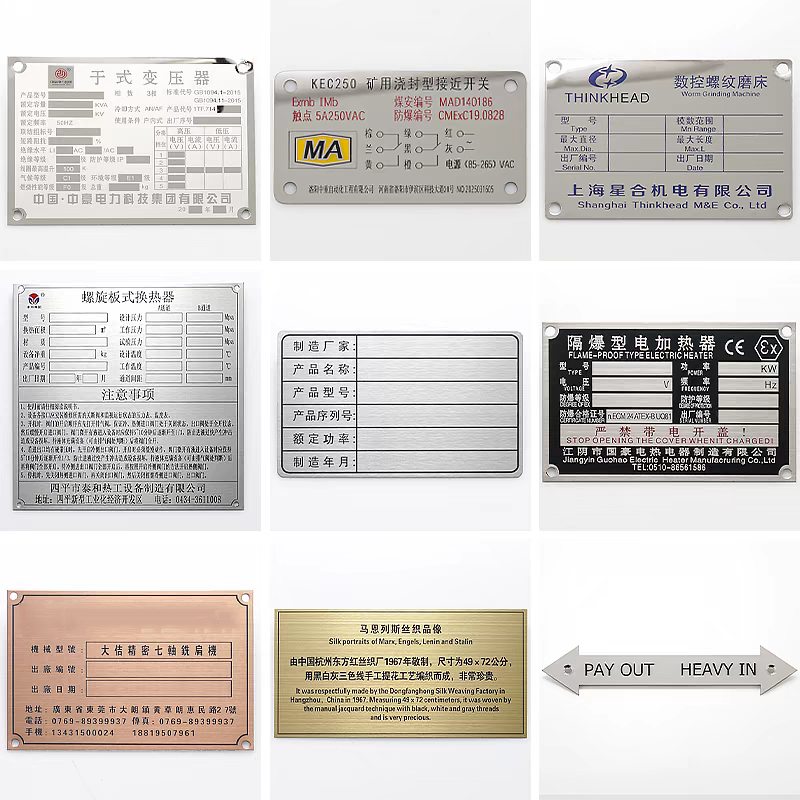
5. Compliance & Standards: Meeting Regulatory Mandates
Heavy duty labels for equipment often play a critical role in meeting stringent safety and regulatory requirements globally:
Safety Standards (ISO 3864, ANSI Z535, BS 5609): Labels conveying hazard warnings (electrical, crushing, heat, chemical) must comply with specific design, symbol, and durability standards. BS 5609 Section 3 is a particularly rigorous benchmark for marine/chemical label durability involving prolonged saltwater immersion and weathering tests.
Chemical Labeling (GHS/CLP): Globally Harmonized System labels for hazardous chemicals require durable, permanent information that remains legible throughout the chemical's lifecycle, often necessitating heavy-duty materials.
Traceability & Asset Management: Labels used for serial numbers, barcodes, QR codes, or RFID tags in asset tracking systems must withstand the equipment's environment to ensure reliable data capture over years.
Industry-Specific Requirements: Food processing (FDA compliance, washdown resistance), aerospace (specific materials/traceability), automotive (heat resistance under hood), electrical (UL recognition for materials).
6. Applications Across Industries: Where Heavy Duty Labels are Essential
The need for heavy duty labels for equipment spans virtually every sector involving machinery, tools, or harsh conditions:
Manufacturing & Industrial Machinery: Machine identification, control panels, safety warnings, maintenance schedules, fluid identification (hydraulics, coolants), part numbers.
Construction & Heavy Equipment: Asset tags, load ratings, inspection decals, fluid service points, VIN plates, safety warnings on excavators, cranes, bulldozers.
Transportation & Logistics: Fleet asset numbering, trailer IDs, container labels, parts identification under the hood (high-temp), maintenance records.
Energy & Utilities: Power plant equipment tags (high temp), pipeline identification, valve tags, electrical panel labels, substation warnings.
Oil, Gas & Chemical Processing: Highly chemical-resistant labels for drums, tanks, valves, pipes, hazardous area warnings, safety procedures.
Agriculture & Mining: Equipment exposed to extreme dirt, mud, abrasion, and weather; fertilizer/chemical resistance.
Marine & Shipbuilding: Saltwater, UV, and humidity resistance are paramount; compliance with BS 5609 often required.
Healthcare & Laboratories: Autoclave sterilization compatibility, chemical resistance for lab equipment, durable asset tags.
7. Implementation & Best Practices: Getting the Most from Your Labels
Selecting and applying heavy duty labels for equipment correctly ensures optimal performance and longevity:
Surface Preparation is Paramount: Clean, dry, and grease-free surfaces are essential. Use appropriate cleaners (isopropyl alcohol is common) and allow to dry completely. Remove rust or flaking paint.
Choose the Right Material/Adhesive Combo: Match the label to the specific environment (primary threats: chemical, temp, abrasion, UV?) and the surface material (metal, plastic, texture?).
Consider Application Temperature: Applying labels within the adhesive's recommended temperature range (often 15°C - 38°C / 60°F - 100°F) ensures a strong initial bond.
Apply Firm, Even Pressure: Use a label applicator tool, squeegee, or roller to firmly press the label onto the surface, starting from one edge and moving across to eliminate air bubbles and ensure maximum adhesive contact. Pay special attention to edges.
Allow Cure Time: While initial tack is strong, permanent acrylic adhesives often reach maximum bond strength after 24-72 hours (dwell time). Avoid exposing new labels to harsh conditions during this period if possible.
Consider Protective Overlaminates: For maximum durability, especially against abrasion and chemicals, specify labels with a clear polyester overlaminate.
Partner with a Knowledgeable Supplier: Work with a label manufacturer or converter experienced in industrial applications who can advise on material selection, printing, and compliance needs.
Heavy duty labels for equipment are far more than simple identifiers; they are critical components for operational efficiency, safety compliance, and long-term asset management. By understanding the seven critical aspects – unparalleled durability, advanced material science, sophisticated adhesives, robust printing and legibility, stringent compliance requirements, diverse applications, and proper implementation – you can make informed decisions. Choosing the right heavy duty labels for equipment ensures vital information remains intact, readable, and effective throughout the lifespan of your valuable assets, even in the most punishing environments. It's an investment in safety, compliance, reduced downtime, and overall operational excellence. Don't let critical information fade, peel, or dissolve; equip your equipment with labels built to last.



